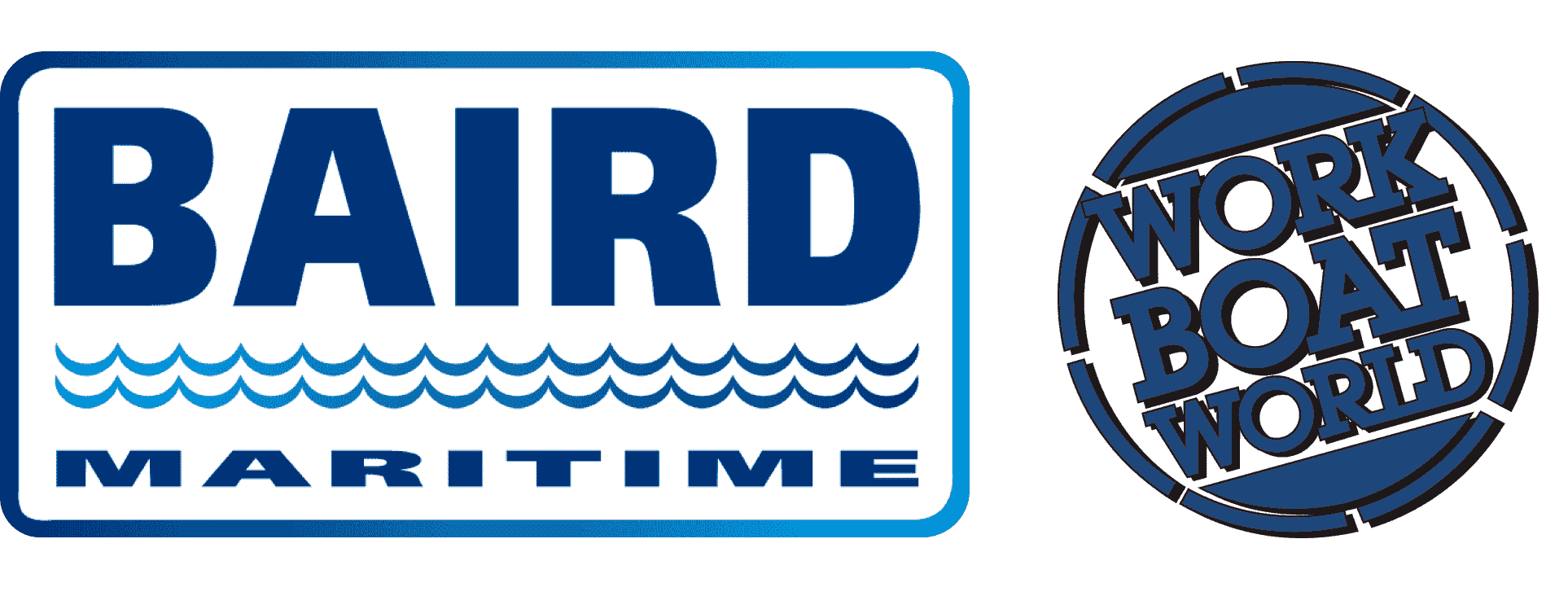VESSEL REVIEW | Doctora Barbieri – Chilean fisheries research vessel capable of low-noise operation
The Fisheries Development Institute of Chile has taken delivery of a new fisheries research vessel built by local shipyard ASENAV to a design by naval architecture firm NavalPRO. The newbuild has been named Doctora Barbieri in honour of noted Chilean fisheries scientist and doctor of oceanography María Ángela Barbieri Bellolio.
The vessel has a length of 30.8 metres (101 feet), a beam of nine metres (30 feet), and a draught of only three metres (10 feet), which enables it to also access shallow waters along Chile’s 5,500-kilometre (3,400-mile) coastline. This is in fulfilment of a requirement set by Chile’s Undersecretariat of Fisheries and Aquaculture (Subsecretaria de Pesca y Acuicultura; SUBPESCA), as it realised that many of the fisheries research vessels operating in the country cannot operate in certain fjords and rivers due to their large size.
Low noise for reduced environmental impact
“This is our first research vessel,” ASENAV told Baird Maritime. “It has diesel-electric propulsion to comply with ICES 209, which means it has silent vessel notation. According to our suppliers, this is the smallest vessel with silent notation in the world.”
The diesel-electric propulsion setup consists of 300kW drives with variable frequency control. These are connected to propellers capable of silent operation.
The builder remarked that the smaller the vessel, the more difficult it is to control noise and vibrations. Low noise level was nonetheless a requirement set by SUBPESCA, since it was important that the vessel’s operations did not disturb any nearby marine life. To address this, shock absorbers were installed to dampen any sound generated by the propulsion machinery, and a system allows the propellers’ revolutions to be regulated.
The onboard equipment includes trawls and nets for collecting biological samples from fish and other marine life, an A-frame, and winches for fishing gear. The three laboratories include a wet lab, an acoustic lab, and a space to be used for the processing of samples collected from fish, crustaceans, and plankton. An MOB boat is also available and is launched and recovered via a dedicated davit.
Full equipment and sensor suite in a 30-metre platform
The electronics suite meanwhile includes X-band and S-band radars, trawl hydrophones, sounders, and a sonar. The various onboard systems are integrated, allowing these to be monitored in real time from consoles located in the wheelhouse, the laboratories, and the crew cabins.
“The main challenge lay in integrating the totality of research equipment usually installed in this kind of vessel but in a 30.8-metre hull,” said ASENAV. “We therefore had to consider the need for modern work areas for use by researchers.”
ASENAV remarked that a challenge with developing this type of vessel was in managing onboard space to keep noise levels within an acceptable threshold. Another challenge was related to the scientific equipment, as these were pieces of equipment that the builder had not dealt with in the past.
For the placement of measurement equipment on the hull bottom, the builder’s calculations needed to be more precise. For each installation in this part of the vessel, even the angle and the orientation relative to the centreline needed to be set, as requested by the suppliers. Also, for the sensors to be able to obtain more accurate readings when analysing wildlife, there needed to be rounding of edges and welds wherever possible to reduce hull resistance.
“We learned that, for vessels of a certain size and below, the coordination and planning of each task is essential in fulfilling set requirements and staying within an established budget,” the builder told Baird Maritime. “Certain works also needed to be undertaken on board the vessel while it was being built despite the limited space in some of the compartments. Finally, we learned that the more we invest in the preliminary design and engineering, the better and easier the building and commissioning will be.”
Dra. Barbieri has already begun operations with a typical onboard complement of 11 crewmembers and eight scientists. The vessel’s initial sailings following delivery were focused on crustacean-related research.


